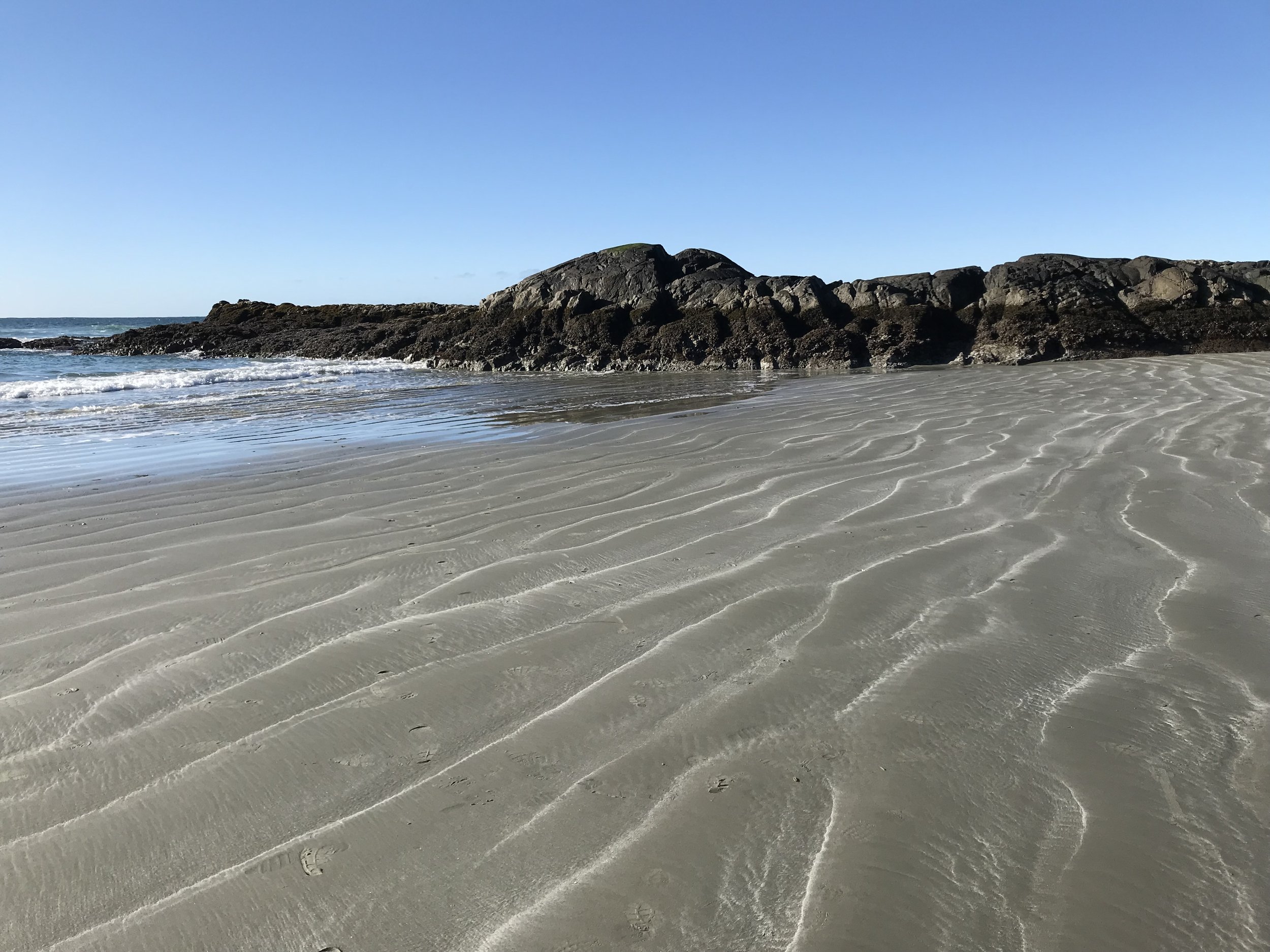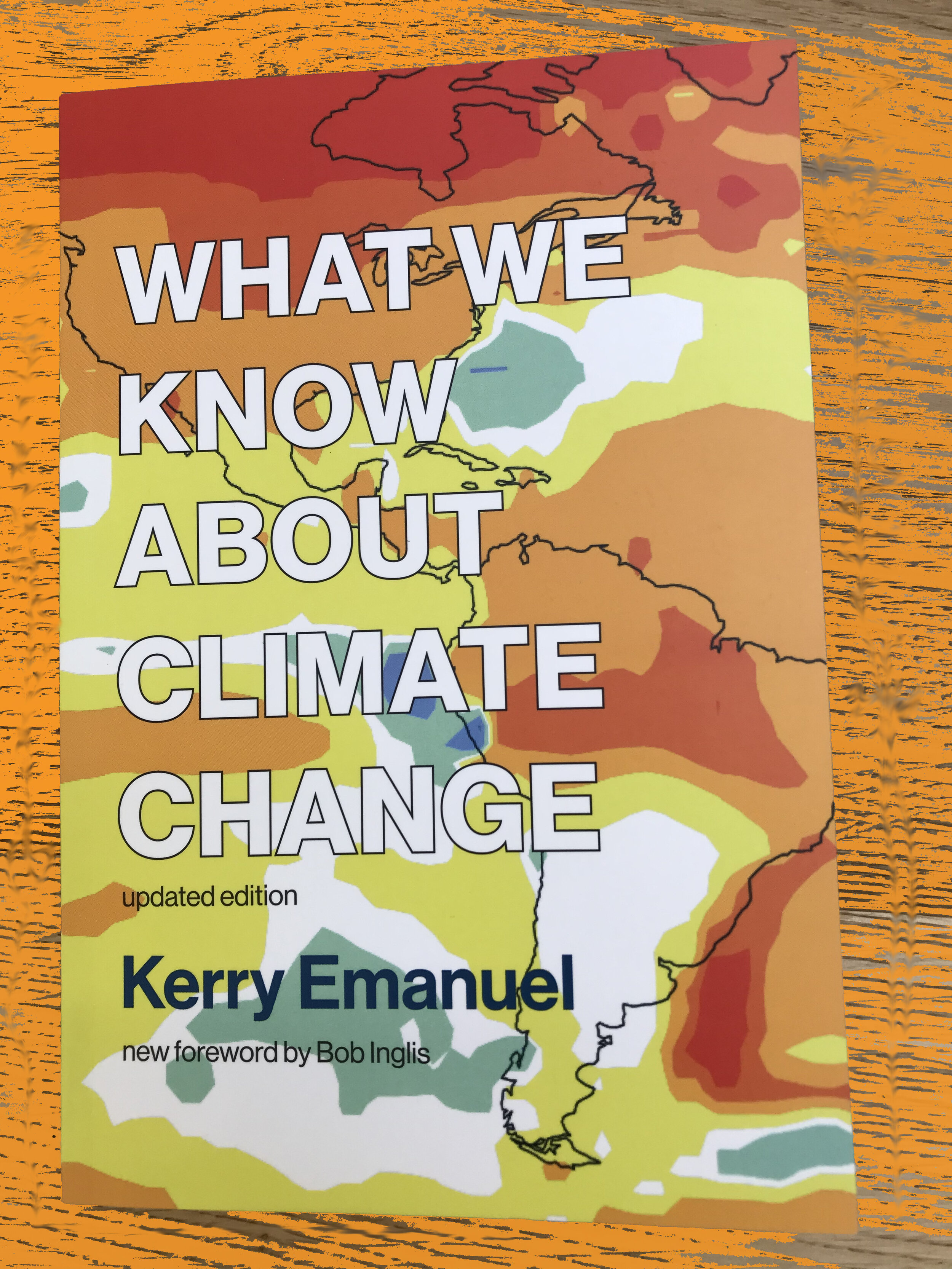
Writing With a Broken Tusk
Writing With a Broken Tusk began in 2006 as a blog about overlapping geographies, personal and real-world, and writing books for children. The blog name refers to the mythical pact made between the poet Vyaasa and the Hindu elephant headed god Ganesha who was his scribe during the composition of the Mahabharata. It also refers to my second published book, edited by the generous and brilliant Diantha Thorpe of Linnet Books/The Shoe String Press, published in 1996, acquired and republished by August House and still miraculously in print.
Since March, writer and former student Jen Breach has helped me manage guest posts and Process Talk pieces on this blog. They have lined up and conducted author/illustrator interviews and invited and coordinated guest posts. That support has helped me get through weeks when I’ve been in edit-copyedit-proofing mode, and it’s also introduced me to writers and books I might not have found otherwise. Our overlapping interests have led to posts for which I might not have had the time or attention-span. It’s the beauty of shared circles.


Process Talk with Jen: Barry Wittenstein on The Day the River Caught Fire
Today Jen talks to Barry Wittenstein about his narrative nonfiction picture book The Day the River Caught Fire: How the Cuyahoga River Exploded and Ignited the Earth Day Movement, illustrated by Jessie Hartland.

Looking the Tiger in the Eye
The Great Derangement: Climate Change and the Unthinkable was Amitav Ghosh’s first book of nonfiction after his marvellous travel memoir and quest to unpack history, In an Antique Land (1992).
The opening chapter contains this passage on the Sundarbans, that mangrove forest region where three rivers run into the Bay of Bengal:
The Sundarbans are nothing like the forests that usually figure in literature. The greenery is dense, tangled, and low; canopy is not above but around you, constantly clawing at your skin and your clothes. No breeze can enter the thickets of this forest; when the air stirs at all it is because of the buzzing of flies and other insects. Underfoot, instead of a carpet of softly decaying foliage, there is a bank of slippery, knee-deep mud, perforated by the sharp points that protrude from mangroves roots. Nor do any vistas present themselves except when you are on one of the hundreds of creeks and channels that wind through the landscape—and even then it is the water alone that opens itself; the forest withdraws behind its muddy ramparts, disclosing nothing.
That description transports me there, forces me to care when it would be so much easier to back away from the book’s big questions.

